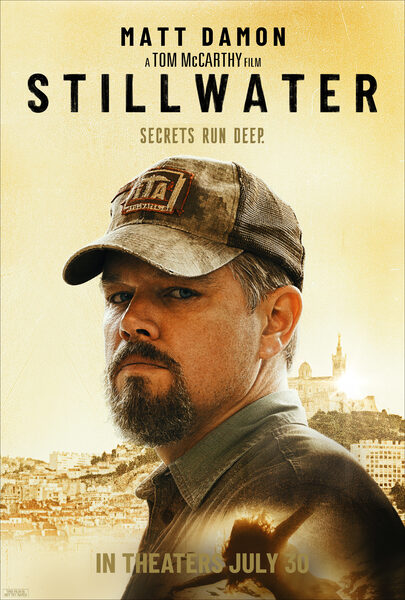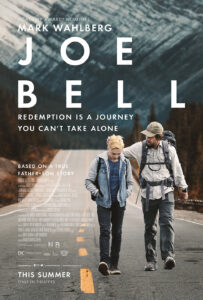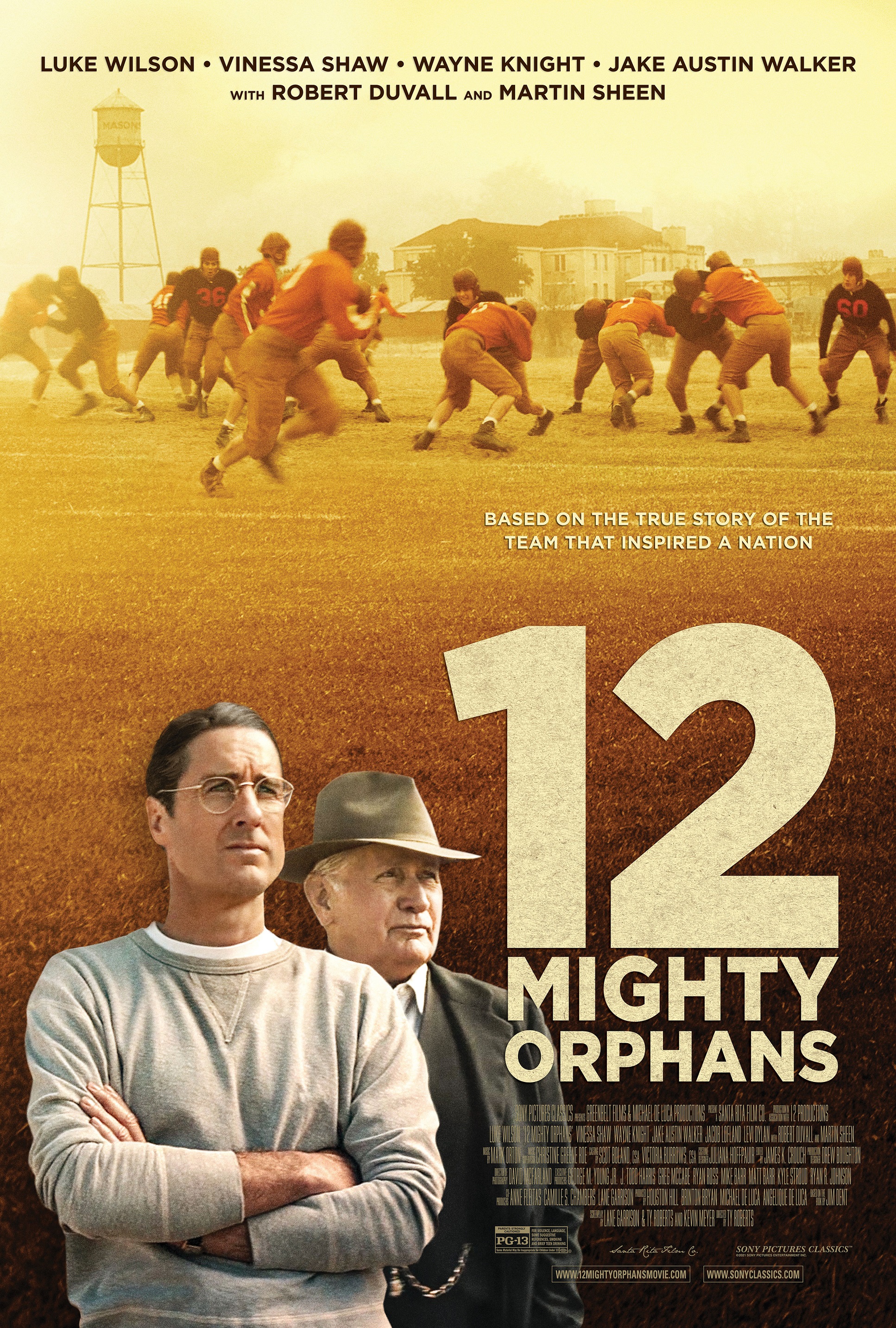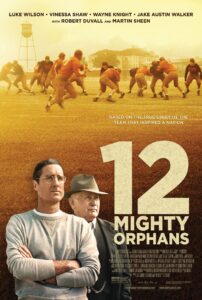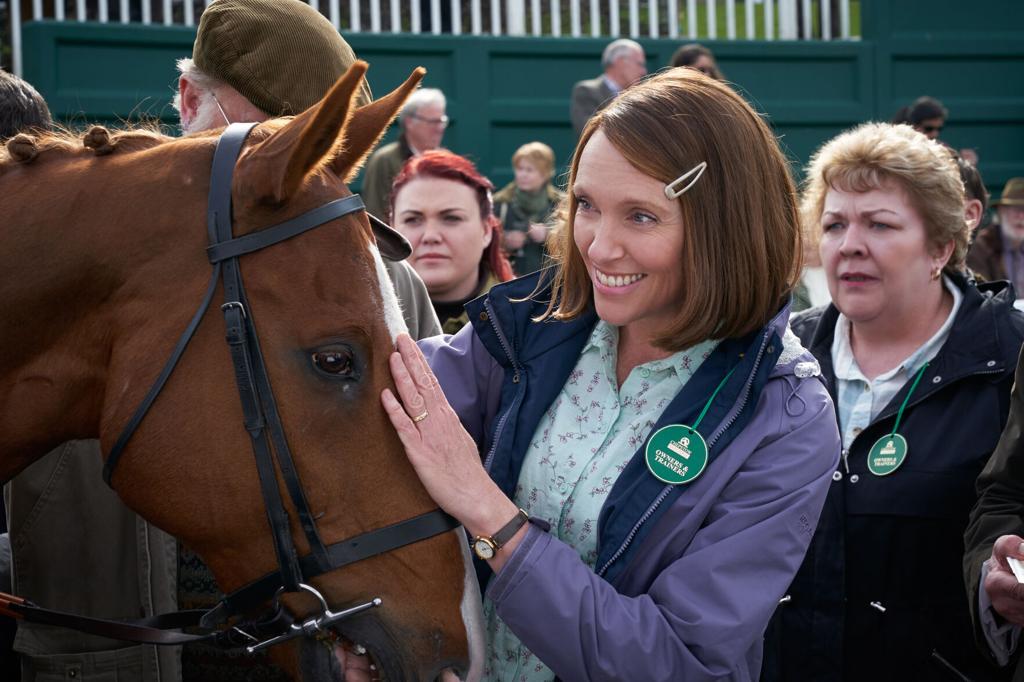Stillwater
Posted on July 29, 2021 at 5:10 pm
D| Lowest Recommended Age: | High School |
| Profanity: | Very strong language |
| Alcohol/ Drugs: | References to alcohol and drug abuse |
| Violence/ Scariness: | The movie includes a murder investigation and imprisonment, abuse |
| Diversity Issues: | Some themes of class and nationality differences and cultures |
| Date Released to Theaters: | July 23, 2021 |
| Date Released to DVD: | October 25, 2021 |
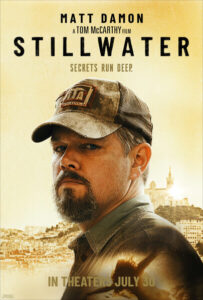
I’m not even sure what this movie is about. The story is clear, though. Oklahoma construction worker Bill Baker (Damon) regularly travels to France to see his daughter Allison (Abigail Breslin), who is serving a nine-year sentence for murder in Marseille. She insists she is innocent. Five years into her sentence, she learns of a possible clue to locating the real killer. When her lawyer says that there is no point in trying to re-open the case based on hearsay, Bill lies to Allison, telling her the lawyer is working on it, while he tries to find the killer himself. If this sounds vaguely familiar, it may be because of its relation to the case of Amanda Knox, who spent four years in an Italian prison for the murder of her roommate until she was exonerated by the higher court.
The storyline, though, is not enough to sustain the film, careening awkwardly from Bill’s redemption following years of neglecting Allison as he struggled with substance abuse to the lukewarm, not-thrilling thriller and the zero-chemistry romance. The nearly 2 1/2 hour running time gave me plenty of room to consider whether the movie was trying to make some deeper statement about America, with Bill clearly coming from an economically depressed red state, representing America’s failures and sense of lost promise and Allison as the younger generation, rejecting her roots.
Leads Damon, Breslin, and Camille Cottin as Verginie, a single mother who becomes Bill’s translator, friend, and romantic partner have so little sense of connection to each other they seem to be performing via Zoom. It is like they are acting in three different movies. Indeed, the movie itself feels like three different movies and none of them work. In the last half hour, as the movie goes from not very good to are-you-kidding bad, they may have been trying to make a point about guilt and the consequences of bad choices. If so, it is un-earned and the worst kind of manipulative, the kind that has so little respect for the audience that it is more than a disappointment; it feels like an insult. At one point, we see a brief scene from Virginie’s performance in an avant-garde play, followed by a pointless scene where she tries to get Bill to talk to her about what he has just watched. I’d rather watch that entire play — in French — than see this movie again.
Parents should know that this movie has very strong language, violence, references to murder, sexual references and situations, and references to substance abuse and parental neglect.
Family discussion: What do you think of what we see of the French prison system and its differences from the US? How does Bill feel after his final discussion with Allison? Should they have told each other the truth?
If you like this, try: “Missing”

